Urogel Safety Data Sheet (SDS)
Product Name: UROGEL
Recommended Use: Reactive expanding sealant
Emergency Phone: (Redacted)
SECTION 1: Identification
Product Identifier: UROGEL
Recommended Use: Chemical sealant activated by urine
Supplier: OMNICOAT Solutions
SECTION 2: Hazard Identification
Signal Word: DANGER
Hazard Pictograms:
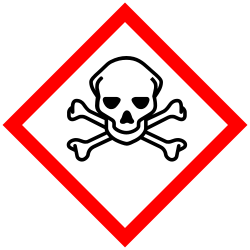

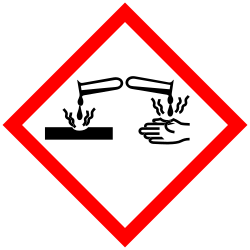
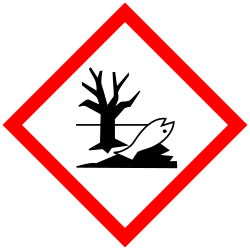
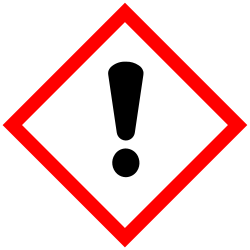
Hazard Statements:
- H300 – Fatal if swallowed
- H314 – Causes severe skin burns and eye damage
- H317 – May cause an allergic skin reaction
- H319 – Causes serious eye irritation
- H331 – Toxic if inhaled
- H334 – May cause allergy or asthma symptoms or breathing difficulties
- H341 – Suspected of causing genetic defects
- H350 – May cause cancer
- H372 – Causes damage to organs through prolonged or repeated exposure
- H411 – Toxic to aquatic life with long lasting effects
SECTION 3: Composition / Information on Ingredients
| Component | CAS No. | Concentration | Classification |
|---|---|---|---|
| Bisphenol A diglycidyl ether (DGEBA) | 1675-54-3 | 30–50% | Skin Sens. 1; Eye Irrit. 2A |
| Methylene dianiline (MDA) | 101-77-9 | 10–20% | Carc. 1B; Muta. 1B; Acute Tox. 3 |
| Azodicarbonamide (ADA) | 123-77-3 | 1–5% | STOT SE 3; Expl. 1.1 (solid) |
| Formaldehyde (trace) | 50-00-0 | <1% | Carc. 1A; Muta. 2 |
| Acrylamide (trace) | 79-06-1 | <1% | Neurotox.; Carc. 1B; Muta. 1B |
| [Cu(NH₃)₄]²⁺ Complex (in situ) | — | <1% | Aquatic Acute 2; ROS generator |
SECTION 4: First-Aid Measures
Inhalation: Remove to fresh air. Administer oxygen if breathing is difficult. Seek immediate medical attention.
Skin Contact: Immediately wash with soap and water. Remove contaminated clothing. Seek medical attention.
Eye Contact: Rinse cautiously with water for several minutes. Remove contact lenses if present. Seek immediate attention.
Ingestion: Do NOT induce vomiting. Rinse mouth and seek immediate medical help.
SECTION 5: Fire-Fighting Measures
Suitable Extinguishing Media: Foam, dry chemical, CO₂. Avoid water spray.
Hazards: Emits toxic vapors (formaldehyde, NOₓ, CN-containing gases) when burned.
SECTION 6: Accidental Release Measures
Evacuate area. Ventilate. Wear full PPE. Absorb spilled material with inert material. Dispose according to regulations.
SECTION 7: Handling and Storage
Handle in a well-ventilated area. Avoid inhalation and contact. Store in sealed containers away from heat and urea sources.
SECTION 8: Exposure Controls / Personal Protection
- Engineering Controls: Local exhaust ventilation
- Respiratory Protection: Organic vapor respirator
- Skin Protection: Chemical-resistant gloves and full clothing
- Eye Protection: Goggles + face shield
SECTION 9: Physical and Chemical Properties
- Appearance: Pale gel or viscous fluid, turns blue on exposure to urine
- Odor: Amine-like, pungent
- Boiling Point: >200°C (components vary)
- Flash Point: ~120°C
- Solubility: Partially soluble in water
SECTION 10: Stability and Reactivity
- Reacts violently with urea-containing liquids
- Decomposes to release toxic VOCs under heat
SECTION 11: Toxicological Information
Acute Toxicity: LD₅₀ (oral, rat) ~100 mg/kg (estimated blend)
Mutagenicity: Confirmed DNA-interaction and ROS generation
Carcinogenicity: Contains MDA, acrylamide, formaldehyde (IARC 1, 2A, 2B)
SECTION 12: Ecological Information
Toxic to aquatic organisms. Avoid release to environment. Contains heavy metals and persistent monomers.
SECTION 13: Disposal Considerations
Dispose of in accordance with local, regional, and national regulations. Incinerate only in controlled facilities.
SECTION 14: Transport Information
- UN Number: UN2922
- Proper Shipping Name: Corrosive Liquid, Toxic, N.O.S. (contains MDA, amines)
- Hazard Class: 8 (Corrosive) + 6.1 (Toxic)
- Packing Group: II
SECTION 15: Regulatory Information
This material contains substances listed under OSHA, REACH, and IARC classifications as hazardous.
UROGEL: A Historical Summary
UROGEL was a hazardous chemical sealant developed by OMNICOAT Solutions out of desperate necessity during the displacement crisis. Its primary function was to form an expanding, protective barrier when activated by urine, a method implemented to slow the advance of the displacement, particularly within Sector 3.
The product's composition included highly dangerous substances such as Methylene dianiline (MDA), Formaldehyde, and Acrylamide, all confirmed carcinogens and mutagens. Its activation also involved Azodicarbonamide (ADA) for expansion and a copper complex for its characteristic blue color.
The extensive health hazards associated with UROGEL included severe burns, acute toxicity, respiratory issues, and the confirmed risk of cancer and genetic defects. Specifically, inhaling its mist posed a direct risk of thoracic trauma. These dangers necessitated stringent safety protocols, including full hazmat gear. The product's routine deployment despite these known hazards highlights a profound societal compromise made for immediate survival. UROGEL's use also led to significant long-term environmental contamination.
Ultimately, UROGEL stands as a stark indicator of the extreme conditions and ethical compromises that defined the displacement era, where the threat to existence overshadowed the devastating human and environmental costs.
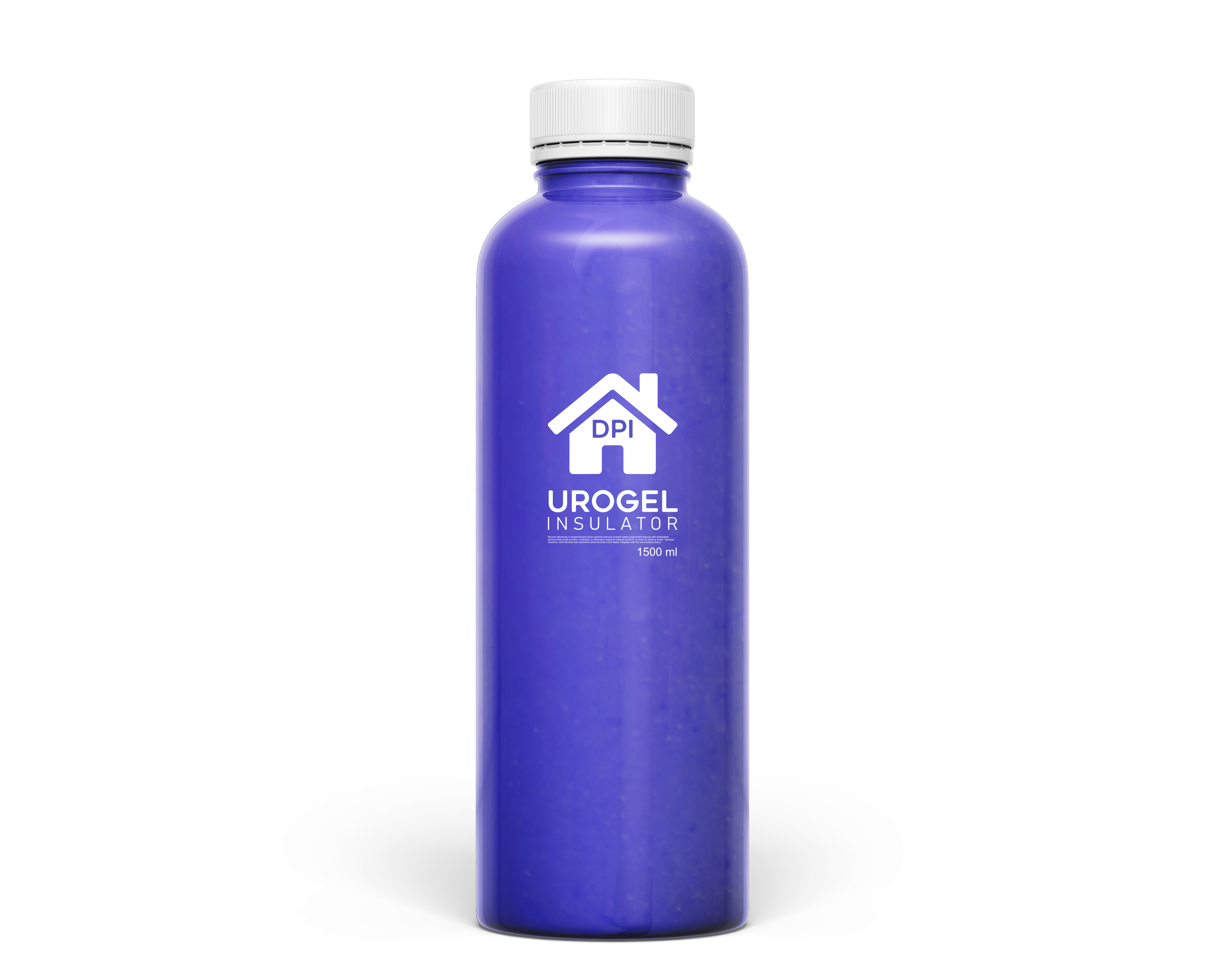
| Filename | UROGEL Safety Data Sheet |
|---|---|
| Duration | — |
| Author | OMNICOAT Solutions |
| Type | Hazardous Materials Safety Data Sheet (SDS) / GHS Format |
| Source | Internal Archive – Nullae Synthetic Materials Registry |
| Description | Safety Data Sheet for UROGEL, a synthetic reactive sealant that activates upon contact with urea. Classified as corrosive, mutagenic, and neurotoxic under GHS standards. Contains methylene dianiline, acrylamide, formaldehyde, and copper complexes. SDS includes hazard statements, toxicological data, and fire/reactivity protocols. |